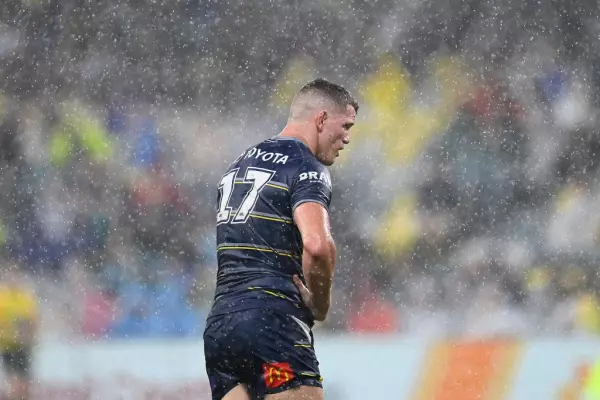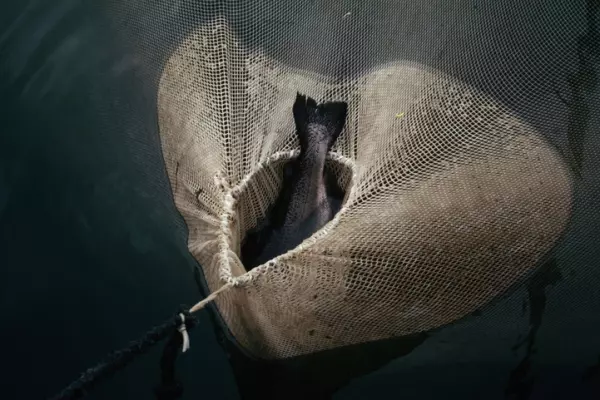Twenty-four years ago, in early January 1997, NZX chairman David Wale told a Sunday newspaper that the domestic exchange would welcome the listing of All Blacks Ltd in the year ahead.
This columnist totally supported Wale’s 1997 comments because New Zealand Rugby needed to become more commercial, particularly as there were huge potential revenue opportunities from cable and satellite television.
In addition, wealthy businessmen had become more attracted to big-time sport – rather than racehorses as in the past – and were investing in English and French rugby clubs. It was likely that the money obtained from these well-heeled backers would be used by Northern Hemisphere clubs to attract top rugby talent from New Zealand.
In a January 1997 column I wrote:
There are a number of ways that NZ rugby could be reorganised on a corporate basis.
If 10 merchant bankers were asked for their opinions, they would come up with 10 different structures.
One of the alternatives would be to place the All Blacks and the five Super 12 teams in a separate company and list this company on the stock exchange.
The listed company would receive all the television income and in return pay the players. New Zealand players would return to their home province for the national championship (NPC) with a transfer system applying.
However, the improved financial strength of the game would allow it to attract rugby union players from overseas and rugby league converts. For example, the Otago Highlanders super rugby team and the Wellington NPC organisation could sign Australian rugby league star Laurie Daley on a joint-venture basis.
The listed company would be much more commercial in allocating All Black test matches.
The two Tri-Nations home tests could be allocated to the stadiums willing to pay the highest match fee. Sports stadiums in New Zealand have lagged badly behind the rest of the world and a tendering system would create competition among the four main centres and lead to better facilities. (Dunedin’s Carisbrook and Wellington’s Athletic Park were still in use in 1997).
Overseas tours could also be determined on a commercial basis, with the All Blacks requiring a match fee or a percentage of the gate on tour.
In the current environment, a minimum market value of $200 million for the All Blacks is realistic when compared with the value of top-rated franchises in other sports, including Manchester United, the Dallas Cowboys, the New York Yankees and other major sports teams.
NZ Rugby could sell down 20 per cent of All Blacks Ltd, realising $40 million in cash. Following the issue, NZ Rugby would have significant cash resources, a strong balance sheet, continuing control over the All Blacks and the ability to raise more money by selling further shares. The listed company could also raise money by selling shareholdings in the five super rugby franchises.
The $40 million raised could then be distributed to the provincial unions.
The individual unions would have to decide whether to buy players on the transfer market, sign players from overseas or from rugby league, or invest in stadium facilities to attract All Black test matches and larger NPC crowds.
NZ Rugby should not be disadvantaged by its reduced shareholding in the All Blacks.
If the listed company takes full advantage of the revenue opportunities from television, sponsorship, match fees and merchandising, NZ Rugby’s dividend income from its 80 per cent shareholding in All Blacks Ltd should exceed its current income from the All Blacks.
The possibility of an All Blacks float is little more than a whisper from rugby headquarters in Wellington.
Hopefully, David Wale’s comments will be treated seriously. The listing of the All Blacks is an enticing proposition for the year ahead.
1997
The year was another great one for the All Blacks under coach John Hart and captain Sean Fitzpatrick.
The team won 11 games and drew one, scoring 571 points while conceding only 201. The Sanzar Tri-Nations trophy was back in the cupboard after the All Blacks won all four games and Australia and South Africa won only one each.
On the Northern Hemisphere tour the ABs beat Ireland 63-15 in Dublin, Wales 42-7 in Cardiff and England 25-8 at Old Trafford, Manchester. The only blemish was a 26-26 draw with England at Twickenham.
The All Blacks’ starting line-up at Twickenham was Christian Cullen, Jeff Wilson, Walter Little, Frank Bunce, Jonah Lomu, Andrew Mehrtens, Justin Marshall, Olo Brown, Norm Hewitt, Craig Dowd, Robin Brooke, Ian Jones, Josh Kronfeld, Zinzan Brooke and Taine Randell.
What a star-studded team – the perfect support for an All Blacks Ltd listing on the NZX.
Meanwhile, 1997 was not such a great year for the NZX, with seven new New Zealand company listings and seven delistings. The new listings included Restaurant Brands and Sky Network Television, the only new IPOs with a market value in excess of $100 million at the end of that year.
Update
Twenty-four years later, NZ Rugby has signalled that it is in the process of selling 15 per cent of its commercial activities to Silver Lake, the US private equity firm. The reported price is around $450 million, valuing the All Blacks at around $3 billion, compared with a back-of-the-envelope estimate of $200 million in 1997.
Obviously, New Zealand sharemarket investors have lost out on the massive value increase since 1997. A sharemarket listing would mean that the All Blacks remained under total New Zealand control, whereas US private equity interests will want to have a huge influence, even with a shareholding of only 15 percent.
There was widespread support for David Wale’s All Blacks Ltd listing comments in 1997 and this proposal should still be the preferred option today.
NZ Rugby seems to have lost a huge opportunity to raise funds from local investors while continuing to remain in total control of its own destiny.
Disclosure of interests: Brian Gaynor is a non-executive director of Content Ltd, the publisher of BusinessDesk, and of Milford Asset Management.














